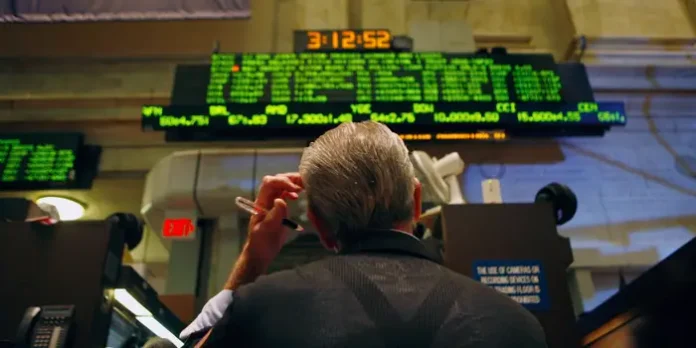In today’s volatile market, investors are constantly on the lookout for opportunities to capitalize on potential gains. One such opportunity that often arises is the chance to make a purchase at the lowest price possible. But the question remains: does the cheapest price in the market truly represent a buying opportunity?
When it comes to investing, the concept of “buying low” is often associated with the idea of purchasing an asset at a price that is significantly lower than its intrinsic value. This strategy is rooted in the belief that assets will eventually appreciate in value, providing investors with a handsome return on their initial investment. However, the allure of buying at the lowest price possible can sometimes lead investors to overlook other critical factors that should be taken into consideration.
One of the most important considerations when evaluating whether the cheapest price in the market represents a buying opportunity is the underlying fundamentals of the asset in question. While a low price may seem attractive on the surface, it is essential to assess whether the asset is undervalued or simply experiencing a temporary dip in price. Conducting a thorough analysis of the asset’s financial health, competitive positioning, and growth prospects can provide valuable insights into whether the current price represents a genuine buying opportunity.
Another crucial factor to consider is the broader market environment. Economic conditions, industry trends, and geopolitical events can all have a significant impact on asset prices. Therefore, it is essential to assess whether the current market conditions are conducive to making a purchase, or if there are external factors that could potentially drive prices even lower in the near future.
Furthermore, it is important to consider the potential risks associated with purchasing an asset at its lowest price. While the allure of a bargain may be tempting, investors must weigh the potential downside risks, including the possibility of further price declines or fundamental weaknesses that could erode the asset’s value over time.
Additionally, investors should consider their own investment objectives and risk tolerance when evaluating whether the cheapest price in the market represents a buying opportunity. For long-term investors with a focus on value investing, purchasing an undervalued asset at a low price may align with their investment strategy. However, for more risk-averse investors or those with shorter investment horizons, the allure of a cheap price may not necessarily outweigh the potential risks involved.
In conclusion, while the cheapest price in the market may at times present a buying opportunity, it is essential for investors to conduct thorough due diligence before making any investment decisions. Assessing the underlying fundamentals of the asset, evaluating the broader market environment, considering potential risks, and aligning with investment objectives are all critical components of determining whether a low price truly represents a compelling buying opportunity. By taking a comprehensive approach to investment analysis, investors can make informed decisions that align with their overall investment strategy and risk tolerance.
